
State-of-the-art technology and subspecialized radiologists for improved patient care.
Stand Up MRI has dedicated its resources to consistently and compassionately deliver the highest level of excellence in outpatient radiology services utilizing state-of-the-art technology and a superior, qualified, healthcare delivery team to exceed the expectations of every patient, provider, and community we serve.
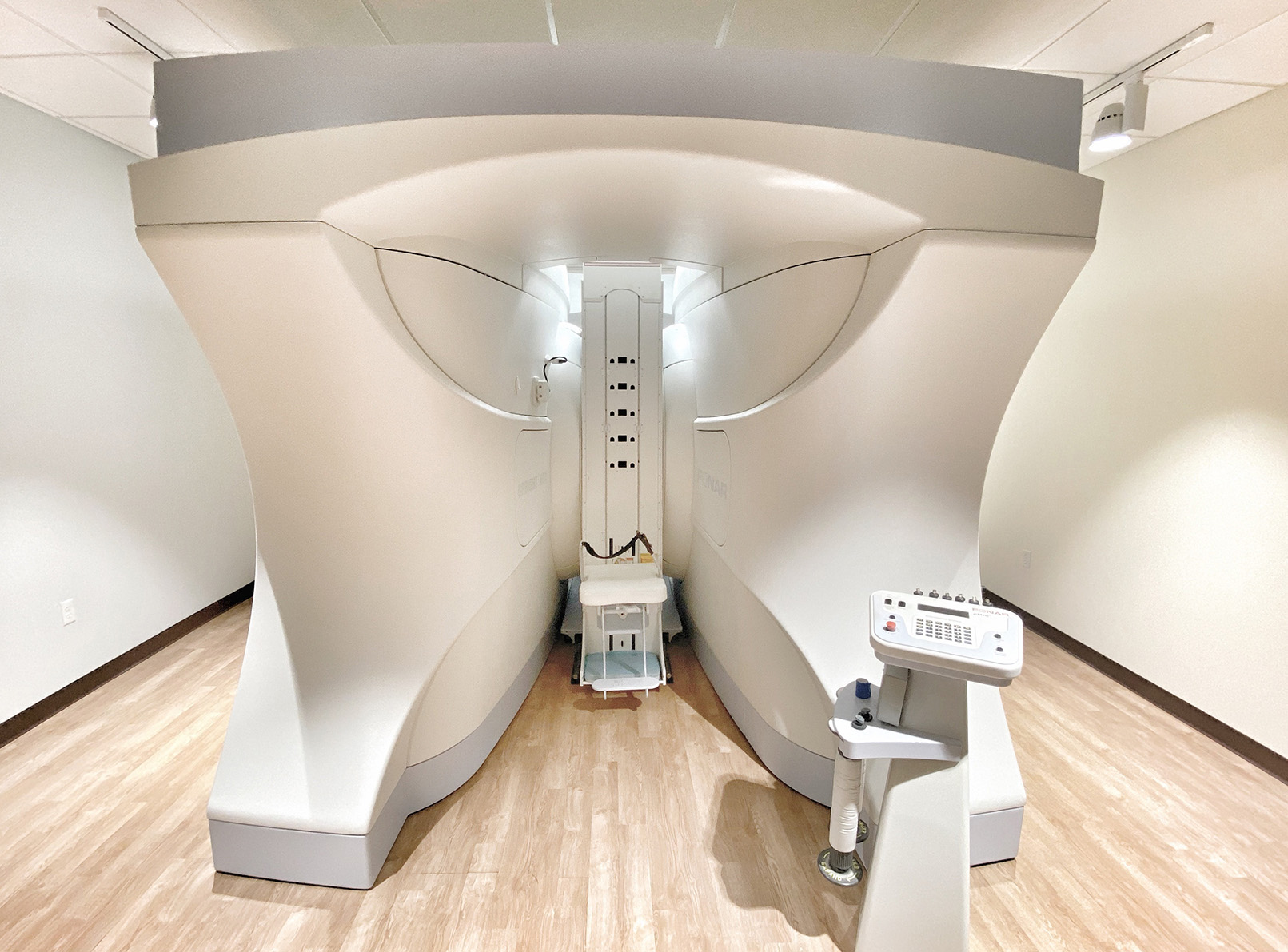
About Stand Up MRI of Brevard
In 2020, Stand Up MRI of Brevard was founded and incorporated on an ideal that centered on patient care and satisfaction. We believe that outpatient radiological facilities should be owned and operated by board-certified and licensed radiologists, which allows for non-biased medical care to be efficiently coordinated with physicians and other medical providers.
UPRIGHT ADVANTAGES
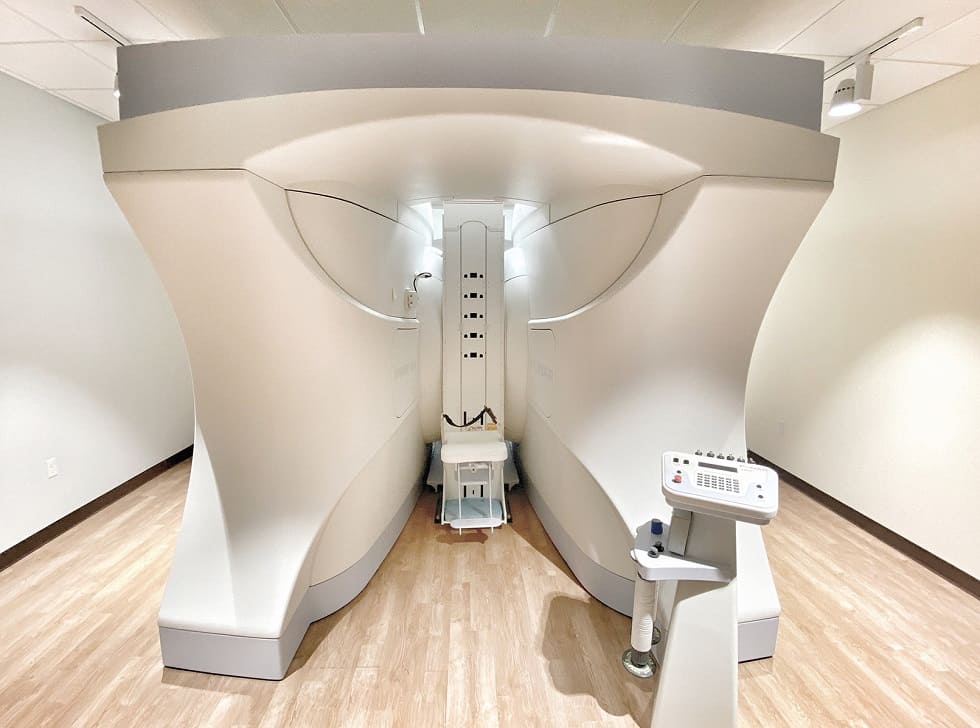
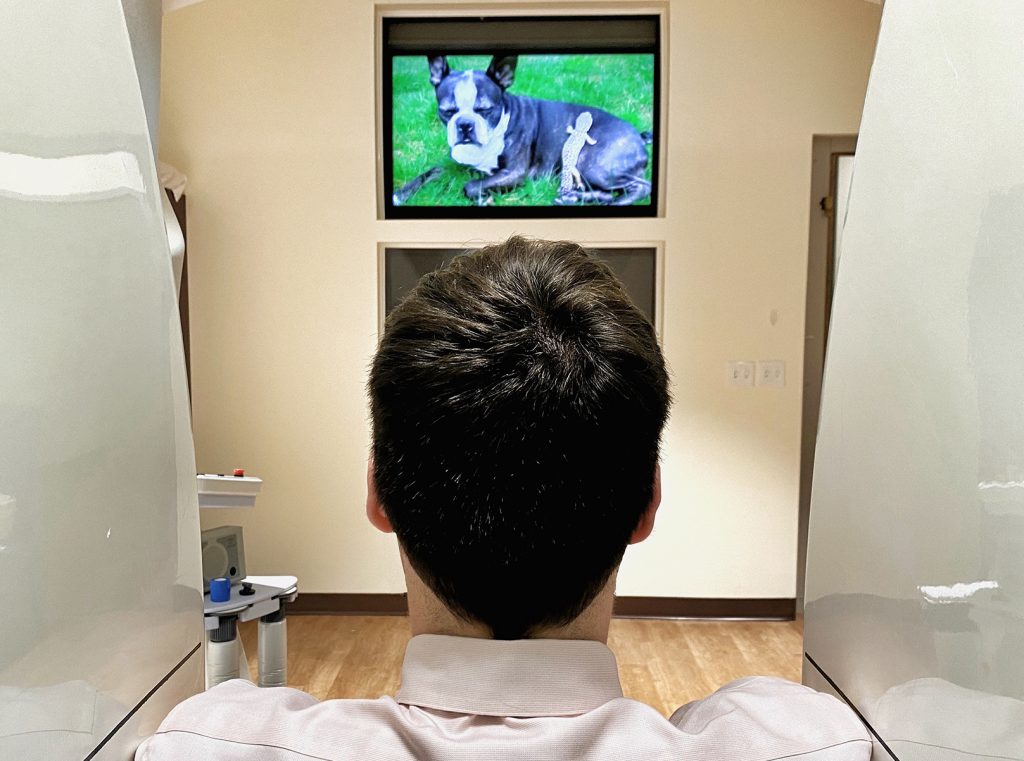
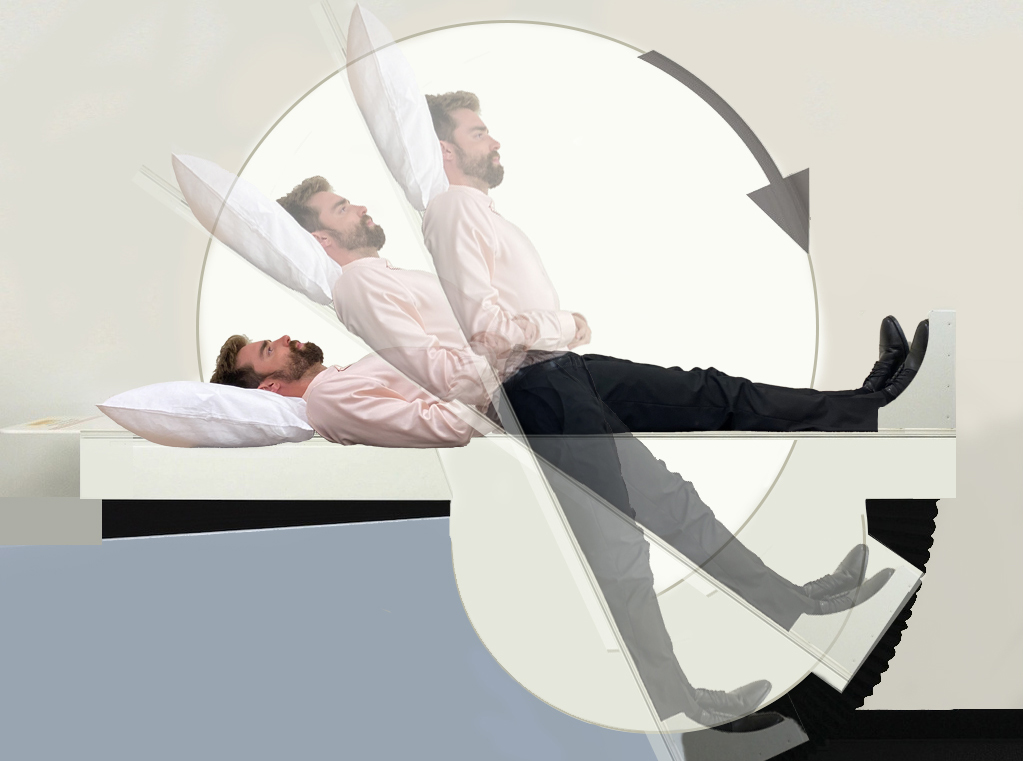
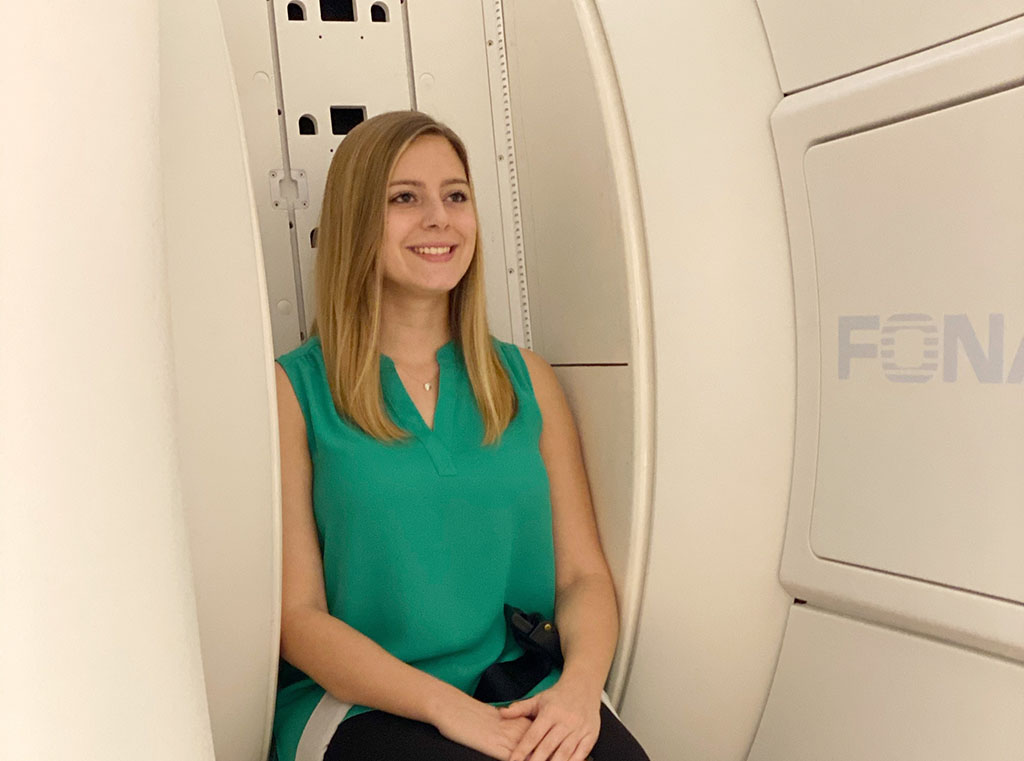

Location
Reviews

Frequently Asked Questions
What is an MRI?
An MRI is a machine that uses a large magnet, radio waves, and a powerful computer to produce cross-sectional images of the body. No X-rays or other ionizing radiation is employed. MRI is the shortened form of magnetic resonance imaging.
How does MRI work?
To understand how an MRI works, let’s start by focusing on the “magnetic” in an MRI. The major and most important component in an MRI system is the magnet. The magnet in an MRI system is rated using a unit of measure known as a tesla. MRI provides a magnificent view inside the human body.
A large magnet on both side of the body causes the hydrogen nuclei (protons) in water molecules to align in a particular direction, and then radio waves strike the protons, causing them to spin out of alignment. When the radio signal is turned off, the protons return to their previous alignment, giving off new radio waves at the same time. The returning radio signals are received and analyzed by a computer, which then creates cross-sectional images of the body.
When is MRI used?
Like CT, MRI can be used to image almost any part of the body, although MRI produces pictures containing information that may not be seen on a CT scan. For some things, MRI is more useful than CT, and for some things CT is more useful. Sometimes, both are necessary, since the information gained from one may complement or clarify information gained from the other. MRI is often used for the following:
- Brain and nervous system: MRI is the most accurate tool for evaluating most diseases of the brain and spinal cord, including strokes, tumors, and multiple sclerosis.
- Musculoskeletal system: MRI is the most accurate way to non-invasively image most joints (knees, shoulders, wrists, etc) for problems involving cartilage, ligaments, tendons and muscles.
- Other: MRI can also be useful for evaluating the neck, liver, kidneys, pelvic organs, blood vessels, and lymph nodes.
How should I prepare for an MRI?
Not everyone can be safely exposed to a magnetic field, so if any of the following apply to you, you should let us know before making an appointment:
- cardiac pacemaker
- history or possibility of a metal fragment in your eye, even if it has been removed
- aneurysm clip in the brain
- ear or eye implant
- nerve stimulator
- drug infusapump
- recent surgery (less than 8 weeks ago)
- any other procedure where medical personnel might have left a stent, coil, filter, wire, or any other implantable device inside your body
When can my physician expect a copy of my report?
WILL I REALLY BE STANDING FOR THE SCAN?
95% of the scans performed are actually done in an upright, sitting position. This MRI is a multi-positional unit. Depending on what body part is being imaged, you may be sitting, reclined or recumbent.
HOW LONG DOES THE MRI SCAN TAKE?
The scan times can range from 30 minutes to 60 minutes per scan depending on what body part is being imaged.
WILL I BE GOING INTO A TUBE?
There NO TUBE, this unit is completely open in front and above you. The magnet is located in the side walls of machine, allowing you to be comfortably positioned in multiple positions.
WILL THERE BE SOMETHING IN FRONT OF MY FACE?
There will be nothing in front of your face. The exception to this is if you are having a brain MRI. For the brain MRI, a coil goes around the head. However, there are openings so you would still be able to see your surroundings.

